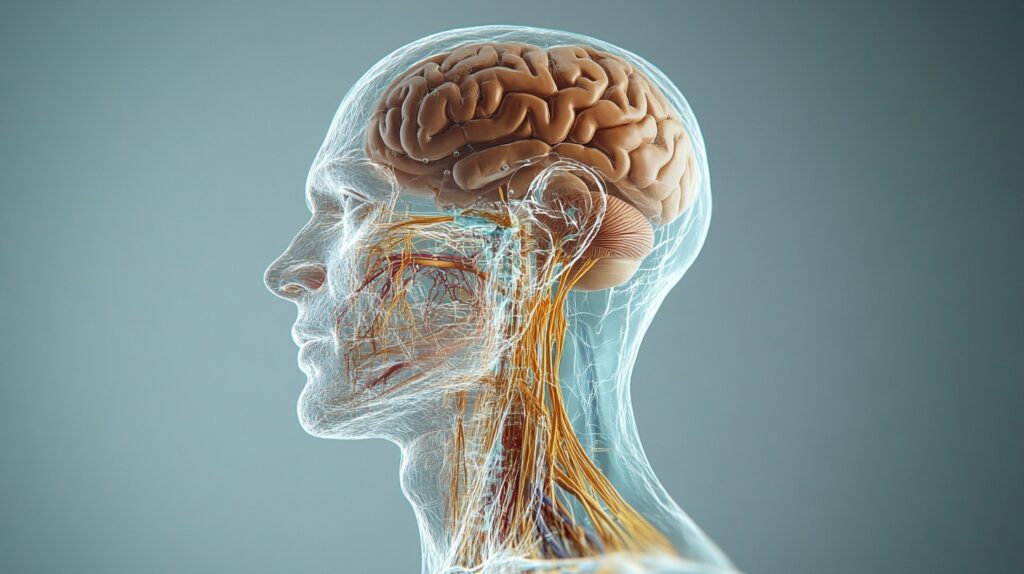
Italian Brain Rot: How Internet Culture Is Rewiring Italy’s Language
Italy is famous for its art, history, and la dolce vita—but there’s a new cultural phenomenon spreading faster than espresso orders at a bar: Italian Brain Rot. This isn’t about actual brain damage. It’s about how internet slang, TikTok trends, and lazy language habits are eroding the way Italians (especially Gen Z) speak, think, and even argue. And yes, it’s as chaotic as it sounds. What Is Italian Brain Rot? Imagine mixing: Overused TikTok slang Random English words shoved into Italian sentences Hyper-exaggerated Romanaccio/Neapolitan dialect abuse Complete disregard for grammar The result? A linguistic disaster that makes even nonni (grandparents) clutch their pearls in horror. Classic Examples of Italian Brain Rot: “Fra ma che dici ahahah” – The ultimate low-effort response. “Bro ma è una vita che non ci si becca” – Why say “amico” when you can say “bro”? “Sto thing è troppo cringe” – English words used incorrectly for extra confusion. “Ammazza che rizz” – TikTok-born nonsense replacing actual reactions. “Nah vabbè è over” – The verbal surrender of a generation. Why Is This Happening? 1. Social Media’s Grip on Language TikTok, Instagram Reels, and YouTube Shorts reward fast, snappy, repetitive language. Nuance? Grammar? Non esistono più. 2. English Invasion (But the Wrong Kind) Italians have always borrowed words (“computer,” “weekend”), but now it’s random Gen Z slang with no real meaning. “Dead” → “Ommioddio sono dead” (Instead of “sto morendo”) “Rizz” → “Ha troppo rizz” (Instead of “ha fascino”) 3. Dialect Abuse Dialects are cultural treasures—but when Milanese teens start saying “guagliò” (Neapolitan for “dude”) incorrectly, it’s cultural chaos. 4. The Death of Proper Arguments Instead of structured debates, discussions now sound like: “Ma fra ma che stai a dì ahahah” “Nah vabbè ti prego” Translation: “I have no counter-argument, so I’ll just laugh.” The Consequences: Why It Matters 1. Language Erosion If every reaction is “no vabbè”, how do you express actual surprise or disagreement? 2. Lost Cultural Nuance Italian is rich in expressive phrases—“Mannaggia!”, “Accidenti!”, “Che palle!”—but they’re being replaced by hollow slang. 3. Professional & Academic Problems Try writing a job application in “fra comunque sono underrated” and see how far that gets you. How to Fix It (Before It’s Too Late) ✔️ Speak Like a Human, Not a TikTok Comment Not every sentence needs “fra”, “nah”, or random English. ✔️ Relearn Proper Italian Read books (even short ones!), follow well-written blogs, or just listen to older Italians talk. ✔️ Use Dialects Correctly (Or Don’t Use Them at All) If you’re not Neapolitan, maybe don’t say “guagliò” every two seconds. ✔️ Think Before You Type Before sending “ma che cringe fra ahahah”, ask: “Does this actually mean anything?” Final Thought: Is All Hope Lost? No. Language evolves, but it shouldn’t become lazier and less expressive. Italians have one of the world’s most beautiful languages—why butcher it with brain rot? Let’s bring back la bella lingua. What’s your most hated Italian Brain Rot phrase? Drop it below. 👇 (I’ll start: “underrated” used for everything.)









